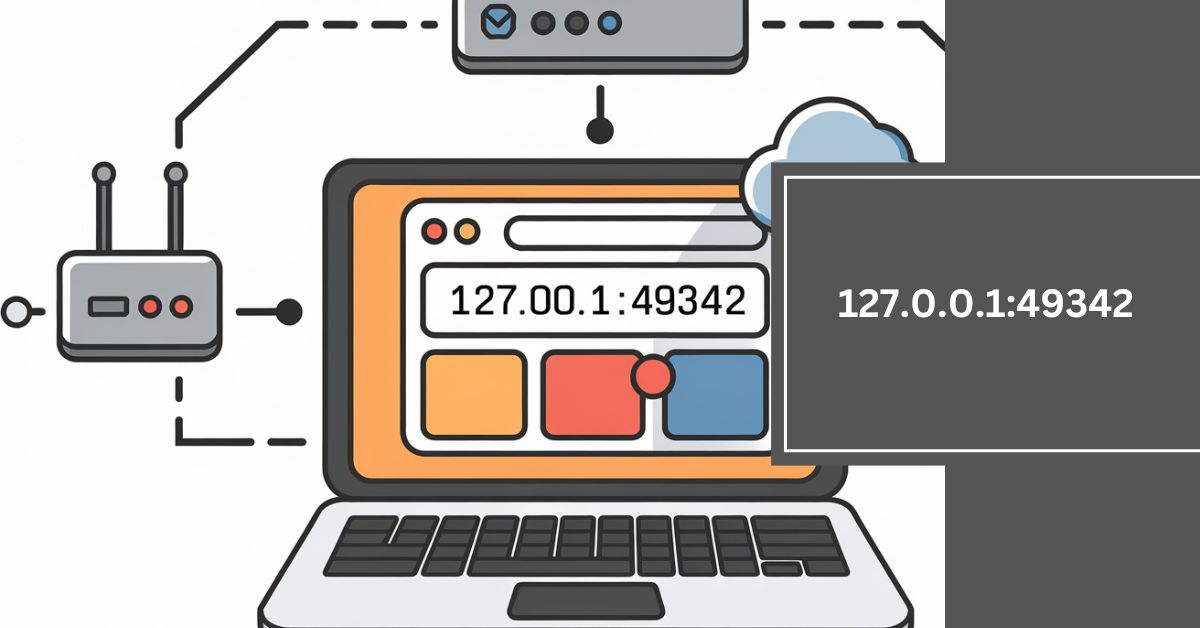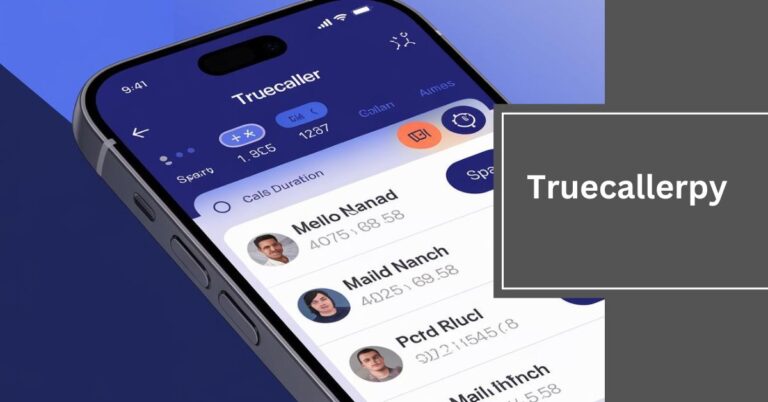127.0.0.1:49342 – Stay connected with us!
When I started learning web development, I often used 127.0.0.1:49342 to test my projects locally. It felt great to see my work come to life without going online. This address became my go-to for debugging and improving my applications safely.
127.0.0.1:49342 is an address that lets your computer talk to itself. 127.0.0.1 is the main address for this, and 57573 is the specific port for a program you might be using. It’s often used for testing apps without going online.
Stay tuned as we explore the significance of 127.0.0.1:49342 in local networking!
Main Functions of 127.0.0.1:49342 Local Host:

The primary functions of 127.0.0.1:49342 include:
1. Testing and Development:
It enables developers to conduct internal tests and manage applications while keeping them secure from external exposure. This setup also facilitates debugging, troubleshooting, and application optimization in a controlled environment.
2. Simulating Network Conditions:
Using 127.0.0.1:49342 can help you test your firewall settings and make sure your security measures are working properly. It allows you to create separate testing spaces where you can develop applications efficiently without worrying about outside interference.
3. How Does It Work?
When a program or service on your computer wants to communicate with itself, it uses the 127.0.0.1 IP address. This virtual IP address is inaccessible from external networks. Entering 127.0.0.1:49342 in your web browser connects you to the service listening on port 49342 of your local machine.
Read More: Inflexon Point – Navigating Pivotal Moments in Business!
Benefits of Using 127.0.0.1:49342:
Here’s a detailed breakdown of the benefits of using 127.0.0.1:49342, with each point expanded into three lines:
1. Local Testing:
Using *127.0.0.1:49342 enables developers to run tests on their applications directly on their machines. This helps ensure that the application behaves as expected before going live. It’s a crucial step in the development process that saves time and resources.
2. Enhanced Security:
Since 127.0.0.1 is a loopback address, it keeps your services hidden from external threats. Only applications running on the same device can access it, reducing the risk of unauthorized access. This provides an added layer of protection for sensitive data.
3. Faster Communication:
Communication through 127.0.0.1:49342 occurs within the same device, eliminating the need for external network communication. This results in quicker data transfer and lower latency, allowing applications to run more efficiently and responsively.
4.Easy Debugging:
The loopback address simplifies the debugging process for developers. They can make changes and immediately see the effects without needing a separate server. This immediate feedback loop accelerates the development and troubleshooting of applications.
5. Isolated Environment:
127.0.0.1:49342 allows developers to create isolated environments for their applications. This means different projects can run simultaneously without affecting each other. It’s ideal for testing multiple versions or configurations without interference.
Common Issues and Fixing Tips:

1. Port Already in Use:
Issue: Sometimes, another program or application is using port 57573. This means your application can’t access it.
Fix: You can find out which program is using the port by running commands in the command prompt or terminal. Once you identify it, you can either stop that program or change your application to use a different port number.
2. Firewall Blocking:
issue: Your computer’s firewall might be blocking access to 127.0.0.1:49342*. This can prevent your application from working properly.
Fix: You can go into your firewall settings and allow traffic on port 57573. If you have specific software that needs access, make sure to add it as an exception in your firewall.
3. Service Not Running:
Issue: The service you are trying to connect to might not be running. This means there is nothing listening on that port.
Fix: Check to see if the service is active. You can usually do this through the application’s interface or documentation. If it’s not running, start it using the recommended method.
4. Incorrect Port Number:
Issue: You might be trying to use the wrong port number. Each application usually has a specific port it uses to communicate.
Fix: Double-check the port number in your application’s settings to ensure you are using the correct one.
5. Loopback Address Issues:
Issue: If there are problems with the loopback address, it might stop your application from connecting.
Fix: Make sure that 127.0.0.1 is correctly set up in your computer’s hosts file. It should look like this: `127.0.0.1 localhost`. This setup allows your computer to recognize this address correctly.
Advanced Concepts of 127.0.0.1:49342:
1. Port Forwarding:
Port forwarding allows you to access services running on your local machine from external devices. By configuring your router to forward requests from a specific external IP and port to 127.0.0.1:49342, you can enable remote access to your local applications.
2. Virtual Hosts:
Virtual hosts enable you to run multiple web applications on a single server or IP address. By mapping different domain names to specific directories using 127.0.0.1 and unique ports (like 57573), developers can efficiently manage and serve multiple projects from one machine.
3. Proxy Servers:

You can set up a proxy server that listens on 127.0.0.1:49342 to route traffic between your local applications and external services. This setup can be useful for testing how applications behave under different network conditions or for debugging network requests.
4. Containerization:
In development environments using Docker or other containerization tools, services can run on 127.0.0.1:49342 within a container. This allows developers to isolate applications and dependencies, making it easier to test and deploy without affecting the host system.
5. WebSockets and Real-Time Communication:
Utilizing 127.0.0.1:49342 for WebSocket connections enables real-time communication between the server and client running on the same machine. This is particularly useful for applications requiring live updates, like chat apps or collaborative tools.
6. Service Discovery:
For applications with microservices architecture, 127.0.0.1:49342 can be part of a service discovery mechanism where services running locally can register and discover each other without needing external IP addresses.
Read More: Nyx Baltimore – A Journey Through Talent And Tenacity!
FAQs:
1. What does 127.0.0.1:49342 represent?
127.0.0.1:49342* is a local host address. The IP address *127.0.0.1 refers to your computer’s loopback interface, which allows it to communicate with itself. The port number 49342 specifies a particular service or application running on the local machine.
2. How can I use 127.0.0.1:49342 for testing applications?
You can use 127.0.0.1:49342 to test applications by running your web or network services on that port. By entering this address in your web browser or application, you can connect to the service for local testing without exposing it to the internet.
3. What should I do if I cannot connect to 127.0.0.1:49342?
If you can’t connect, check if the service you are trying to access is running on that port. Additionally, ensure that your firewall settings allow connections to 49342 and that you are using the correct port number.
4. Can 127.0.0.1:49342 be accessed from another device?
No,127.0.0.1 is a loopback address and can only be accessed from the local machine. If you need to access a service on that port from another device, you must set up port forwarding or use the machine’s external IP address.
5. How does 127.0.0.1:49342 Compare to Other Localhost Addresses?
127.0.0.1:49342 is a specific address for a service on your computer, using a particular port. Other localhost addresses, like 0.0.0.0, are more general and don’t point to a specific service.
Conclusion:
Understanding 127.0.0.1:49342 is crucial for developers and tech enthusiasts as it facilitates local testing and communication. This loopback address provides a secure environment for debugging applications and exploring advanced networking concepts. Mastering its use can significantly enhance your development skills and efficiency.
Read More:







